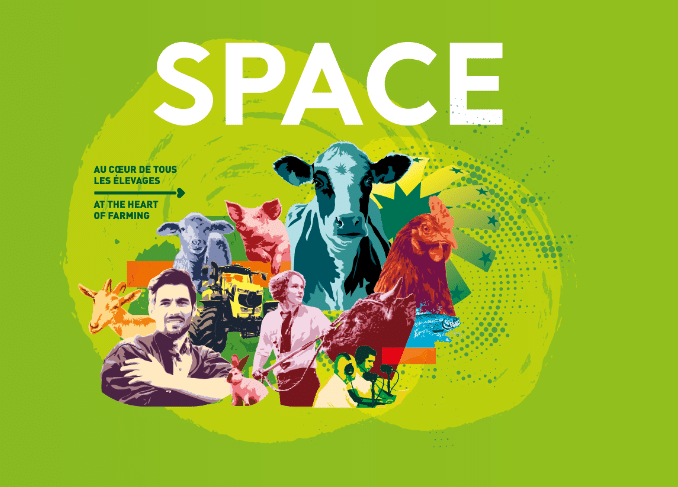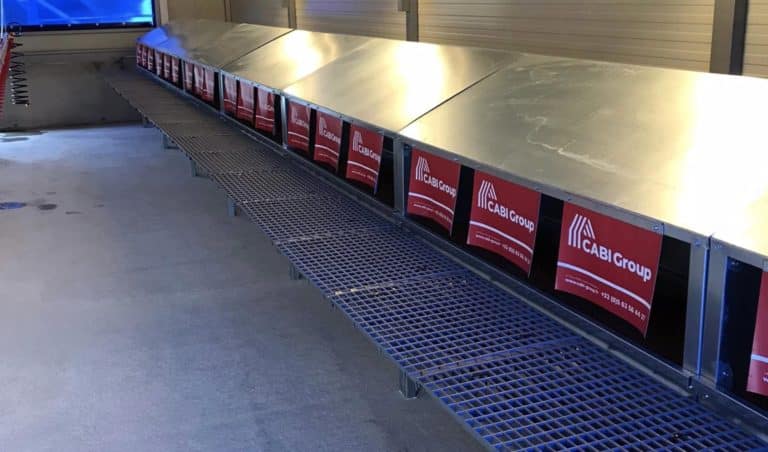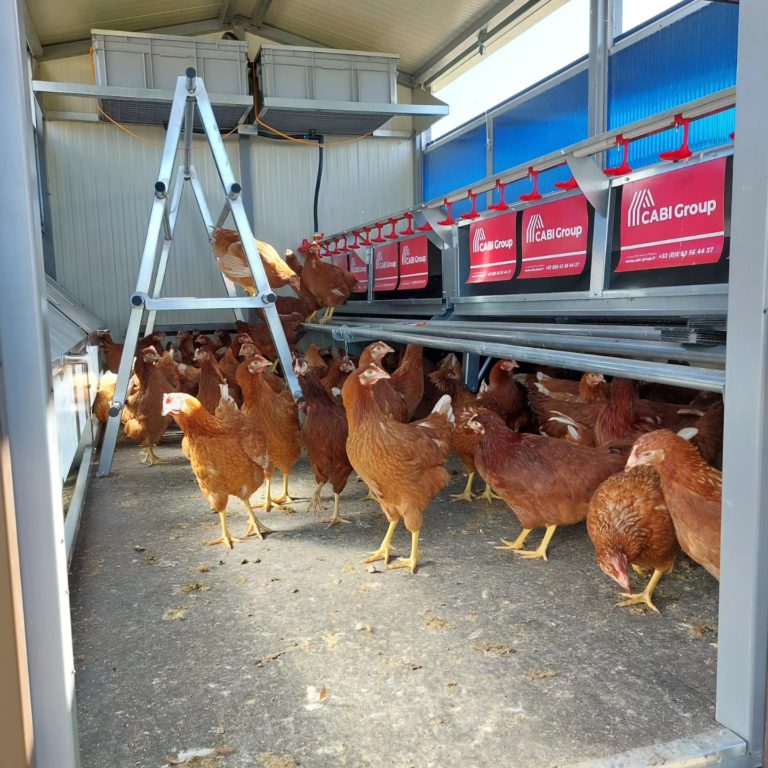The international economic environment we live in is often unpredictable, with sudden variations, whether for climatic or geopolitical reasons. Against this backdrop, many farmers are looking for solutions to reduce their exposure to these risks and maintain their profitability.
There are two possible levers to do so:
- Better control of purchasing costs: reduce them or make them more predictable
- Enhancing the value of your production
In this article, we take a look at some of the ways in which you can secure your farm’s income. These actions are not exhaustive, nor are they accessible or suitable for everyone, but they can help you and give you ideas to bring your own projects to fruition.
Gain better control over your purchasing costs to secure your farm’s income
Create a circular economy on the farm or with your environment
In a previous blog, we talked about the advantages of mixed farming. This approach reduces exposure to fluctuations in cereal prices for livestock feed. It also reduces the cost of crop inputs by substituting organic fertilisers generated by livestock farming for the purchase of organic or, even better, chemical fertilisers. These are indexed on the price of gas and require a lot of energy to produce and transport. The prices on the long-term will only rise.
Production of inputs on the farm is not always possible or sufficient for the farm’s livestock units. It is interesting to explore external local sources of inputs. These could be residues from industrial processing plants or municipal waste treatment plants. The composition and concentration of these organic inputs must be controlled in order to adapt to the needs of the soil and protect the environment.
Securing farm income and making your own feed
Producing cereals and protein crops suited to your animals means you are less dependent on market prices. Total self-sufficiency is sometimes impossible because of the need for specific feed to certain animals, particularly younger ones. However, increasing self-sufficiency always has positive long-term effects. Doing this means planning an appropriate crop rotation, and equipping yourself with grain transfer, ventilation and storage equipment.
Finally, it means investing in on-farm feed manufacturing equipment such as flatteners, flakers and mixers. We’ll come back to this in more detail in a later article.
Producing your own seeds
This is fairly common with self-pollinating varieties such as wheat, barley and pulses. A fairly common practice is to renew your seeds regularly to benefit from new varieties. It is less common to do so with hybrid species such as maize, sunflower and rapeseed, whose potential is much higher than when they are produced as lines. Re-sowing a hybrid crop is certainly possible, but it will produce very uncertain yields, and in any case inferior to hybrid seed.
Producing your own seed is perfectly legal, but the trade is subject to regulation. The lower cost of producing your own seeds compared to buying them means you can make substantial savings.
In addition to good agronomic practice, seed harvests should be stored in separate batches in small silos or containers. This makes it possible to isolate batches of different varieties and batches of varying quality.
Seed storage must be insect-proof, and the best approach is to maintain good ventilation as soon as temperatures rise above 20°C, i.e. from early spring until the onset of winter, to avoid deterioration of physical and germinative qualities.
Storage in containers with lids is very practical and makes handling safer. Accidents with big bags are frequent, sometimes with dramatic consequences, and they are also subject to attack by rodents.
Using containers also makes it easier to handle seed drills.
Manage your crop rotations and include intercrops
The main advantage is to include crops that fix nitrogen from the air into the soil, such as legumes: peas, field beans, soya, chickpeas and alfalfa, for example. This crop rotation will reduce the amount of nitrogen needed for the following crop. It can also be managed as a double crop rotation (e.g. soya between wheat rows).
Sowing plant cover crops will ensure that the soil is covered and structured, avoiding the need for decompacting and maintaining soil moisture. Destroying the cover crops in situ provides a natural soil amendment and avoids the need for external inputs. Another option is to harvest these cover crops as fodder to supplement the nutritional intake, particularly for ruminants.
These cover crops are often mixtures of several species.
The advantage of all these plants is that they are self-pollinating and it is therefore possible to produce your own seeds, as described previously.
Poultry to reduce insect pressure
The use of poultry runs in vineyards or orchards to reduce the need for insecticides has positive effects. To do this, you need a mobile coop so that you can move the poultry around the plot.
Poultry also make it possible to manage grass cover and avoid mowing or using herbicides. However, you still need to be alert to the possibility of avian flu.
Producing your own energy to secure your farm’s income
Another solution for securing farm income is to produce your own energy. Solar panels are common practice. It requires careful thought about the business model to be used: a turnkey project with a long-term lease on the building, a stand-alone installation on an existing building with resale of the production or self-consumption. The gains generated, particularly in the case of an installation on an existing or new building, provide an attractive return on investment and greater decision-making autonomy. More on this in a future article.
Another option, which is just as common on larger structures, is the integration of a methanation unit, which generates gas for another workshop (e.g. drying grain or tobacco, heating a livestock building). In some cases, it can also be used to produce electricity through cogeneration. Another advantage is the production of compost that is easy to spread.
Adding value to your production to secure your farm’s income
Storing your production
Better control over the timing of sales has the advantage of enabling you to consider a sale when the price situation is more favourable.
As mentioned above, particular attention needs to be paid to storage, especially with regard to the risk of overheating and the risk of insects and pests.
Processing your production
Integrating the processing of all or part of your farm production helps to improve added value. The success of such a project, which requires additional labour and investment, is based on mastering the market and having a reliable sales network, as well as controlling production costs in relation to the acceptable price for your future customers. The list of examples is long: flour, pasta, alcoholic beverages such as beer or whisky or simply juices and, of course, the production of tinned vegetables or meat products.
Direct selling
Avoiding the usual sales chain means integrating the part of the margin they’d usually keep. In marketing terms, we talk about moving from B to B (Business to business) to B to C (Business to Consumer).
It’s mainly a question of mastering marketing, i.e. making yourself known and getting people to buy your products. Before getting started, you need to put yourself in the shoes of your potential future customers and understand what will interest them or what will slow them down in buying your products. A common pitfall is a price that is too high or too close to the equivalent products they will find in supermarkets. Another criterion to measure is the ease of access to your products (distance, storage conditions, opening hours, etc.).
Market stalls are a good solution, even if they are time-consuming. Sales outlets close to major traffic arteries are advantageous, as is home delivery, provided you have enough potential customers nearby.
Broadening your product range is also often an attractive option. The sale of free-range eggs, for example, as a complement to vegetables or fruit, is often seen as a good way of attracting customers and increasing the average basket.
If it’s not possible to expand the range with your own produce, grouping together several producers is an option worth considering.
Many farmers with medium-sized or small farms want to be able to lead a more modern life than that enjoyed by their parents or grandparents, while maintaining a decent income. This requires a wider range of skills and to rethink operating methods.
Investing in equipment is part of the drive to improve income.
However, the value of these investments is largely amortised in relation to the profits generated, improving working conditions and securing the farm’s income.
Several combinations of solutions are possible, and they often lead to additional synergies.
Cabi Group offers a range of solutions to support the implementation of one or more of these solutions. If you would like to find out more about our solutions and ask our experts for their advice, please do not hesitate to make an appointment.





